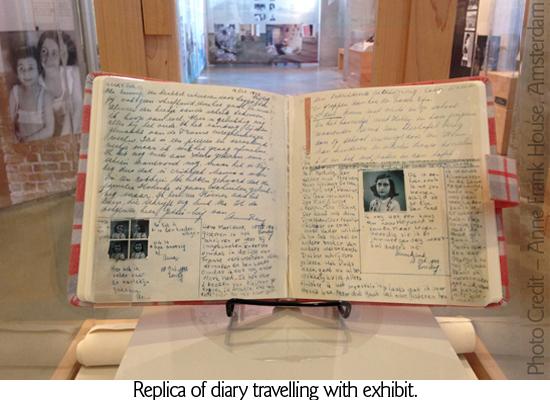
“The Diary of Young Girl” Comes to the Museum
Confessions Of A Curator
Museums collect so that we tell the stories of our past and present. History can be warm and sunny, telling tales of family, love, community do-gooders, technological advances, medical breakthroughs, ancient places discovered underfoot. But from the happiest of histories - human misery and sadness are often underlying.
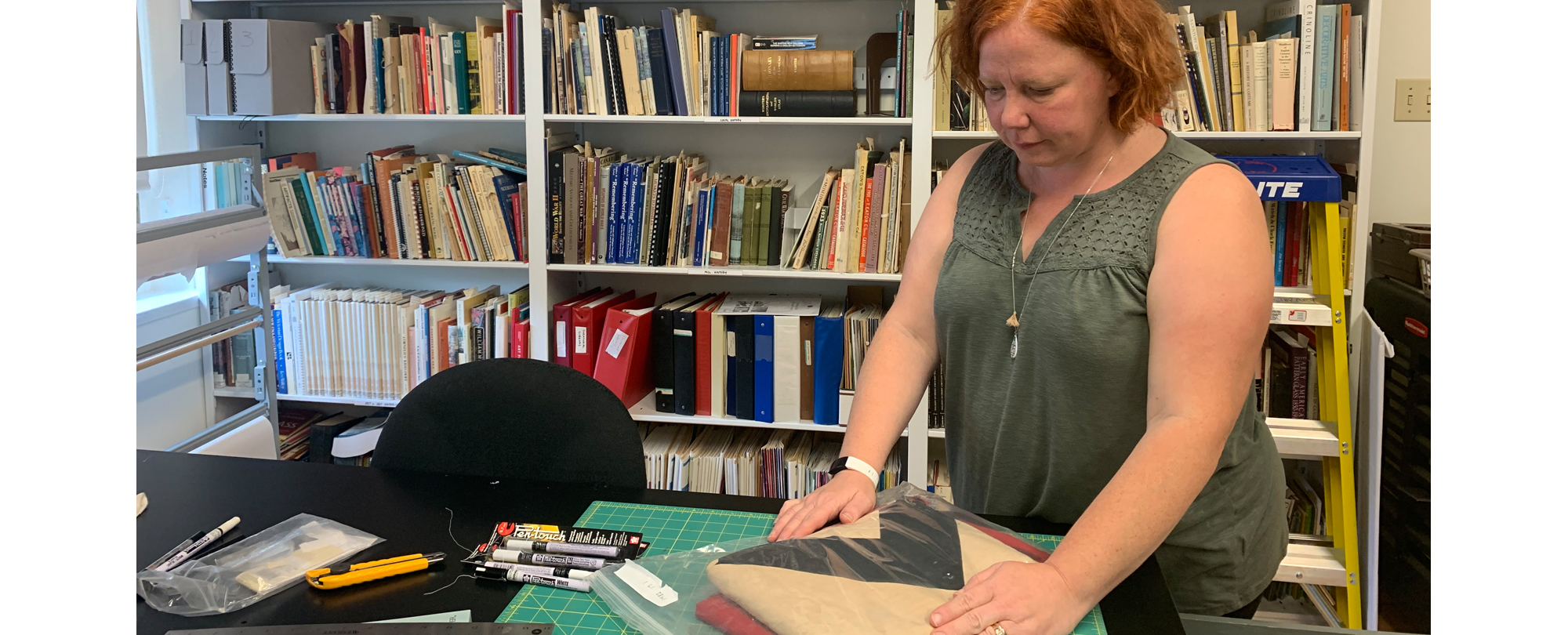
A feeling of gloom and sadness is felt while staring at a reminder of the horrors of WW2. This flag was brought home by a local soldier after torn down in Germany when the war ended.
A museum’s job is to tell the story as unbiased as possible – to tell the facts through the cultural and archival materials left behind. Sometimes the pieces left behind make us squirm, make us feel bad, make us close our eyes. We piece it together and present as honestly as we can. We let our visitors digest the story and ascertain their own opinion on the event, person, or place - for good or bad. History isn’t always sunny - ignoring it doesn’t erase its effect on us; our lives are shaped, blessed and cursed by it in countless ways. As our histories reach further and further into our memories, society can often become senile and forget what happened.
I live and breathe history, I work with it every day. You will often find my curator’s nose in a book to figure out what things were used for, and you will often find my hands cradling and moving objects to understand their workings and function better too. I go home at the end of the day and gather in the kitchen to make dinner for my family. Often with my work day in my head. History is never turned off for me. I live to understand the past. This is a fortunate thing for my own children (they would perhaps disagree) because I have wonderful conservations with them about my work, about the exhibits that I create and that we visit at other sites too.
With my 8 and 11 year old, I have in-depth conversations about politics, immigration, cultural identity, and most recently we discussed the ramifications of war and civil rights in other countries. But I am lucky, my children can have these conversations with me because I have talked to them about this since they were in utero. They acknowledge that not everyone in this world carries the same rights and freedoms and that humanity hasn’t always been kind to one another.
When speaking with their friends about history (yes - I am the nerd mom among their friends), I am often afforded a look of shock, amazement, and bewilderment and often asked “Is this true?” or “Did that really happen?”. Through these conversations with my children’s friends it occurs to me, they simply don’t know. It isn’t talked about. The bad parts are sometimes skipped.
Why do we always want to tell the sunny side of history – especially when some of the most profound revelations were born from strife. It also occurred to me that our children don’t have living relatives to talk to about the wars of the 20th century.
I am a forty-something and have been blessed to talk to my adopted Dutch grandmother about her experiences in the war. She was a war bride and married her “strapping soldier” soon after the war ended in 1945. I was raised not only with Oma’s stories and but also my father’s love for military history and his pinache for reciting war stories. I have always had a respect for that tumultuous time in our very near past. So what is difficult for me to realize is that our children find it inconceivable that the wars happened. The stories that were such a part of our grandparents’ lives are now fading to the foggy past for today’s child.
This has to change now. Our children need to understand their past so that they are guided into an informed future. How can I help with this? What can the museum do? With this in my mind, I set out to do something special - I approached The Anne Frank House in Amsterdam in hopes of a partnership.
I am proud to say, this Fall the Lennox and Addington County Museum is working with the Anne Frank House, Amsterdam to present their travelling exhibit “Anne Frank: A History For Today”. This exhibit will be featured for a six week run from October 15th – November 22nd. The exhibit “Anne Frank: A History For Today” tells the story of Anne Frank against the background of the Holocaust and the Second World War.
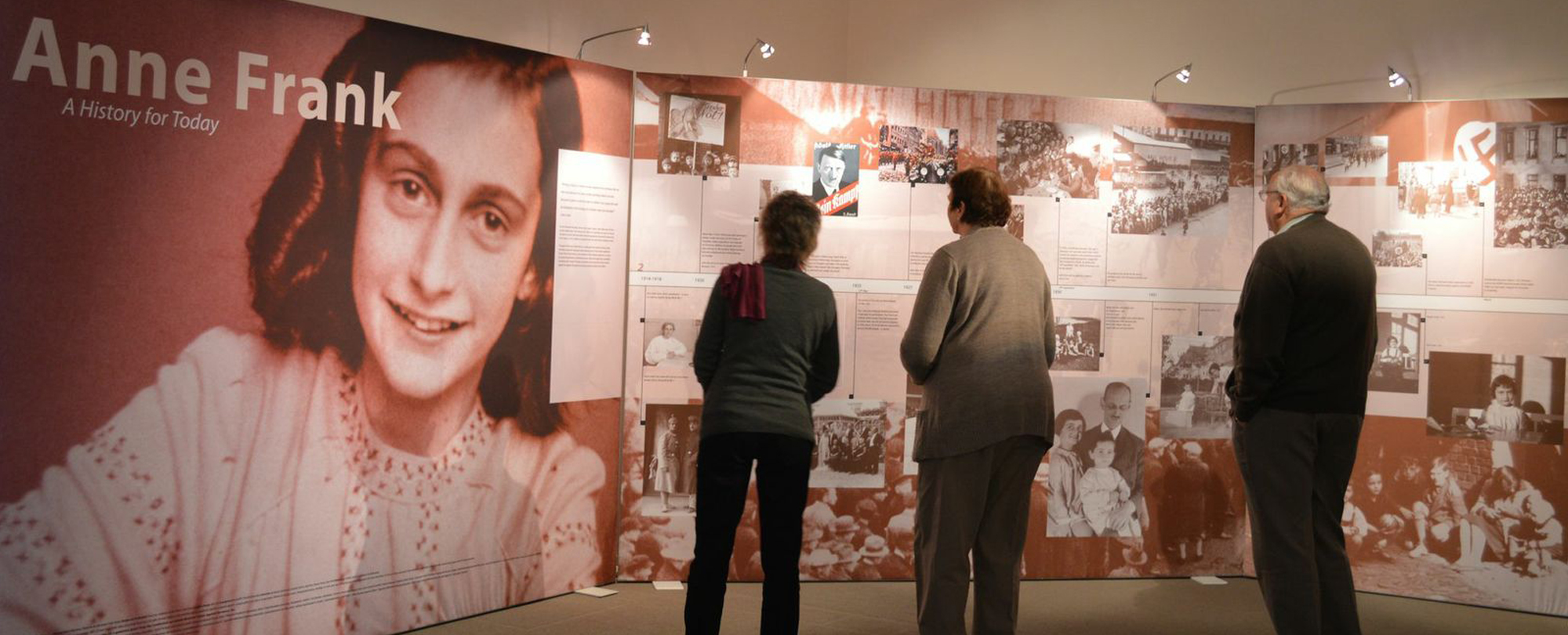
Exhibit Photo “Anne Frank: A History For Today” Credit: www.goldmuseum.com
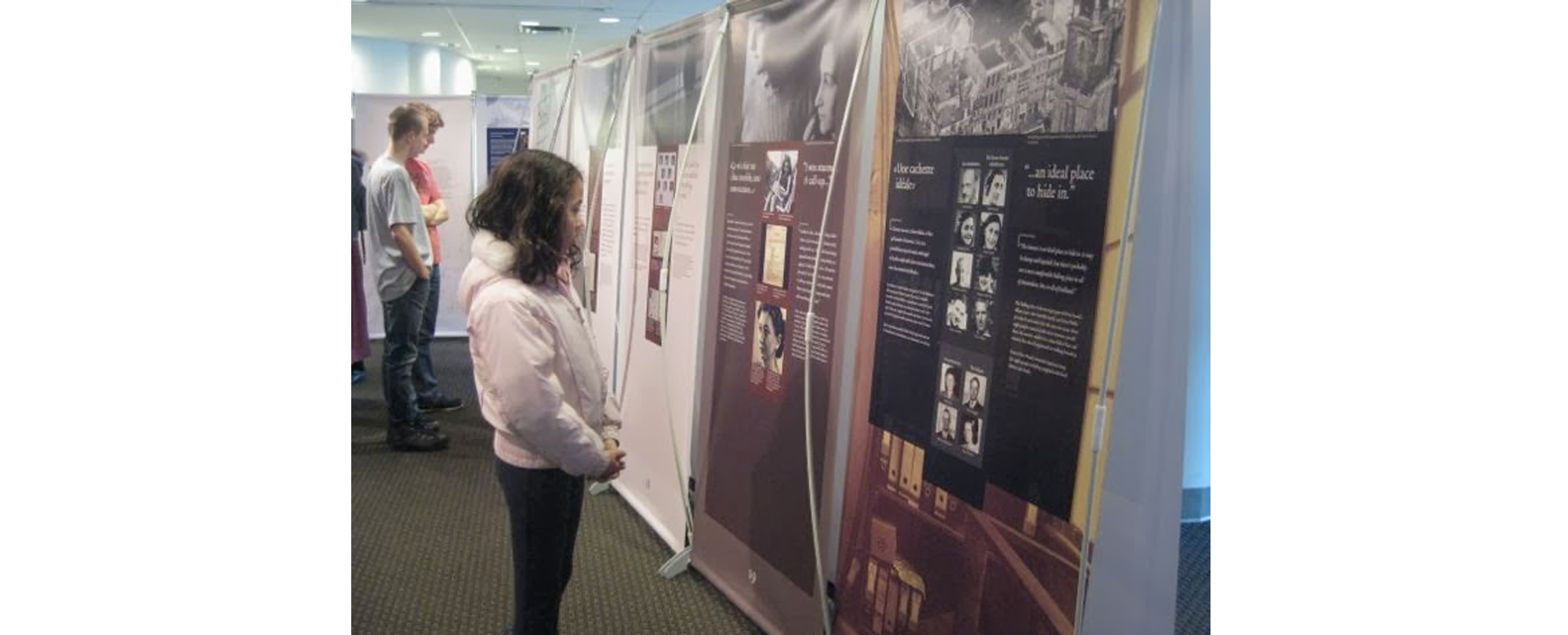
Photo featured from “Swinging Monkey, Flying Pig”, March 10 2014 - home school association blog. Credit: Vancouver Holocaust Education Centre
Anne Frank’s life is the thread that one can find throughout the exhibition. The experiences of the Frank family sheds light on events and processes that took place before, during and after Second World War. The exhibition contains many photos of the Frank family that are combined with other photos and information about historical events. The story told in the exhibition presents the concrete consequences of the political decisions that were made at the time, and also the consequences that individual choices had for others who were persecuted, like the -----Frank family (Anne Frank House, Amsterdam).
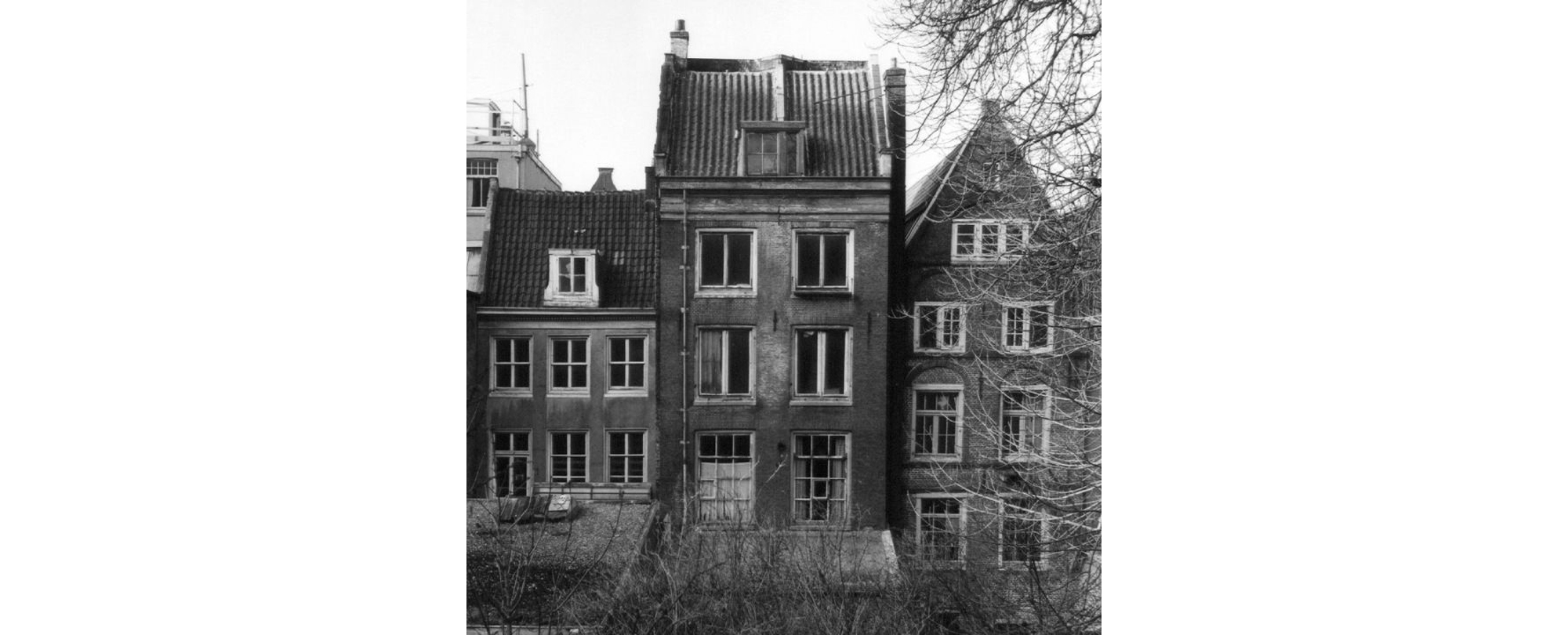
The Secret Annex, Amsterdam Credit: www.housecrazy.com
Staff from the Anne Frank House are working with L&A County staff to teach them about the exhibit so that best possible tour and program is presented to our visitors. We have invited schools across the region to visit the exhibition and the exhibit will have public hours for people viewing outside of school visits.
It is our hope that our students walk away from their visit with a bit more understanding of the human injustice that happened within their great-grandparents time, and that injustices continue today in other parts of the world. How do we stop them? Why do they continue? This is their future to uphold and to make better.
It is also our hope that we instill a memory of Anne Frank and that she is acknowledged as a real person who became a voice for the Holocaust. The diary left behind revealed Anne as a person with real worries and wishes (she wanted to be a published author). We also hope that it is understood that Anne herself was just a girl who was blossoming into womanhood - she struggled with feelings towards her family (her mother included) and members of the opposite sex, she had great humour and made jokes, she envisioned her future with its hopes and dreams, just like our children today. She was a completely relatable person.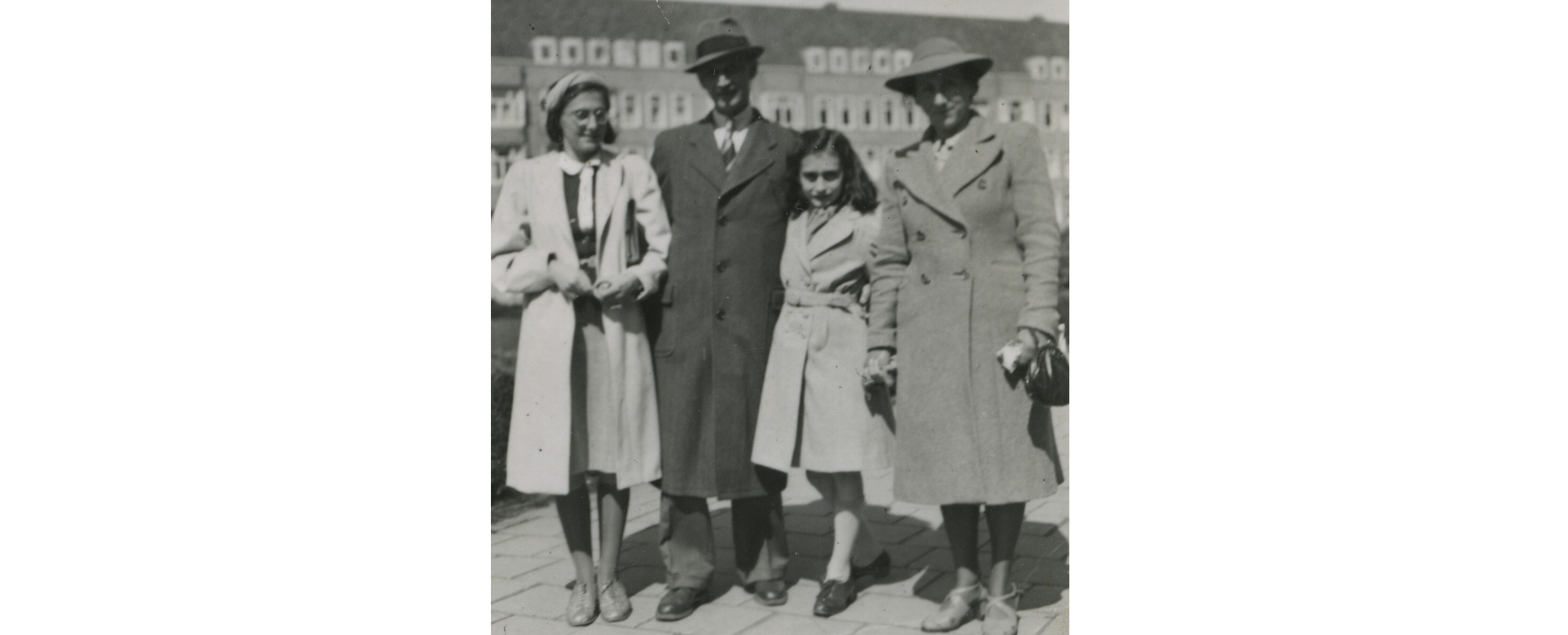
Frank Family – Margot, Otto, Anne, Edith (c1942) Credit: Anne Frank House, Amsterdam
The members of the Secret Annex hid for over 2 years. In August 1944, the annex was raided and the inhabitants were seized. After the annex raid, Anne’s diary was found by a friend of the Frank family and was kept in a desk drawer in hopes that the Franks would return. Anne did not survive the war, she was interred and died of typhus at Bergen-Belsen, a concentration camp in Germany. Her father Otto, was the only surviving member of the Frank family. Upon his return to Amsterdam, he was given Anne’s diary. It was Otto that fulfilled Anne’s wishes to be a published author. Her words have been read around the world in multiple languages, her story, her thoughts, dreams, and fears have been felt and given life for over 70 years.
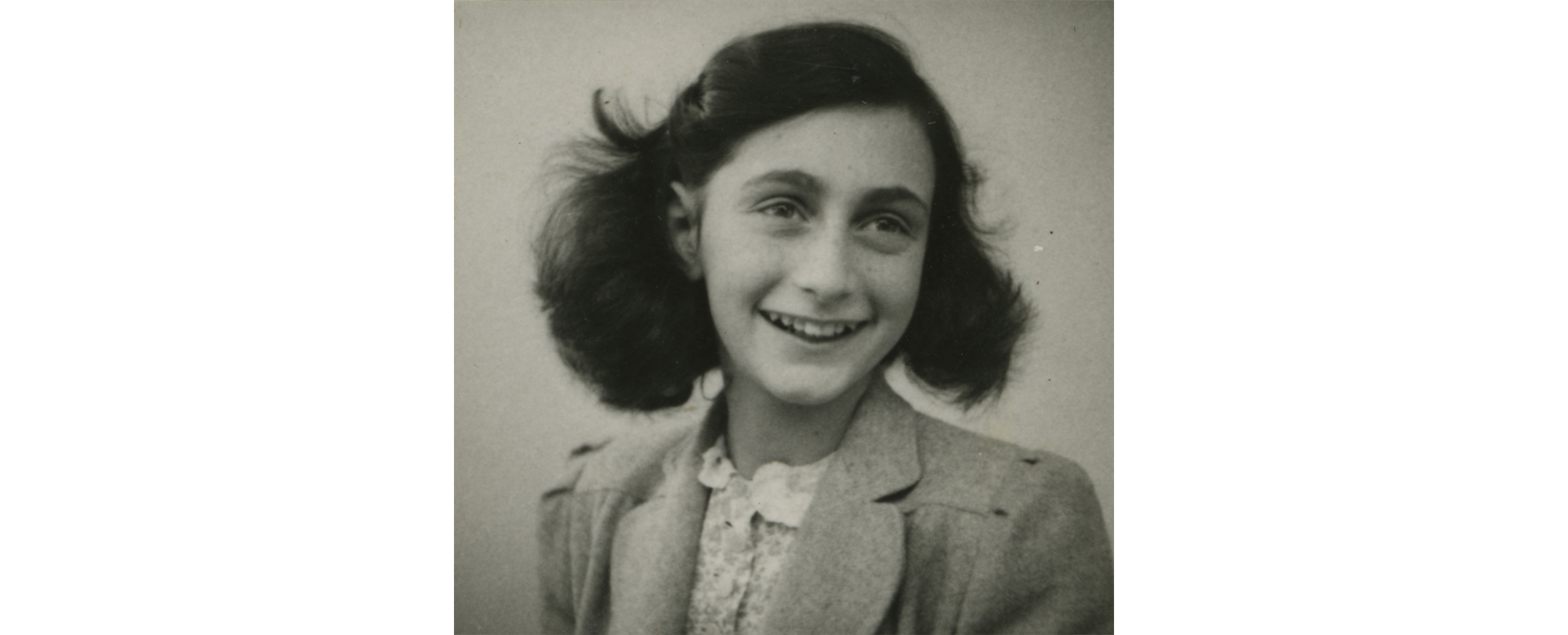
Anne Frank, c1940 Credit: Anne Frank House, Amsterdam
History is not always sunny, but it is ALWAYS educational. Our hopes this Fall are to inspire and to instill a sense of right and wrong- so that our children are informed to help make a better future. So that they understand that humanity isn’t always kind, but they can help make things right and that they can stop the terror with the use of their OWN voice.
On October 15th at 7 pm - the museum will officially open the exhibit with a public reception and viewing. Special guest lecturer and author – Jochebad Katan will speak on her family within the holocaust and how she herself, a baby in the war, was spared. Jochebed will be presenting her talk Five Courageous Helpers: My Family’s Precarious Survival in Holland, which speaks about the courageous gentiles that helped them to survive. “My parents and I were one of the extremely few Jewish nuclear families in Holland that came through the Holocaust intact. This talk outlines the crucial roles that five very different individuals or families – none of them Jewish – played in enabling us to survive” (Jochebad Katan).
The exhibit is presented in partnership with the Anne Frank House, Amsterdam
https://www.annefrank.org/en/education/product/61/anne-frank-a-history-for-today/
